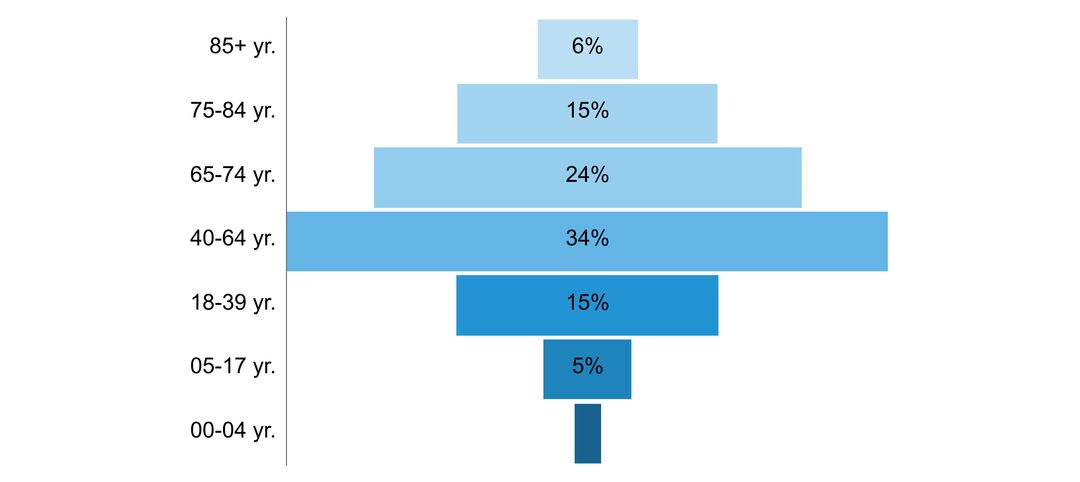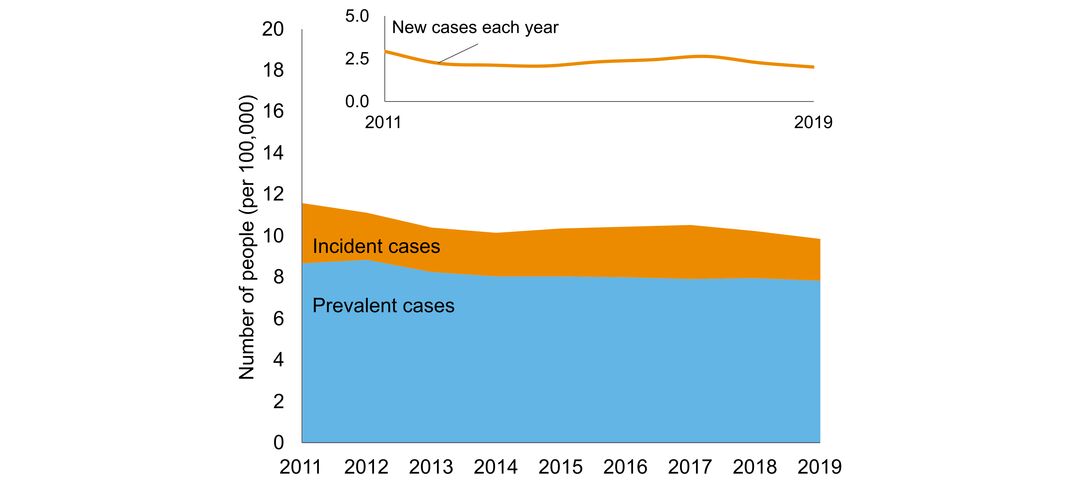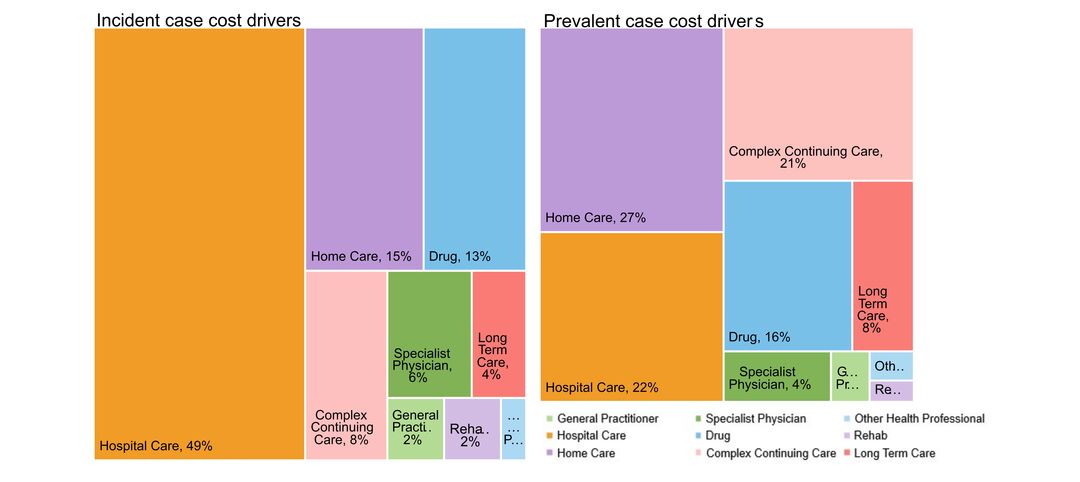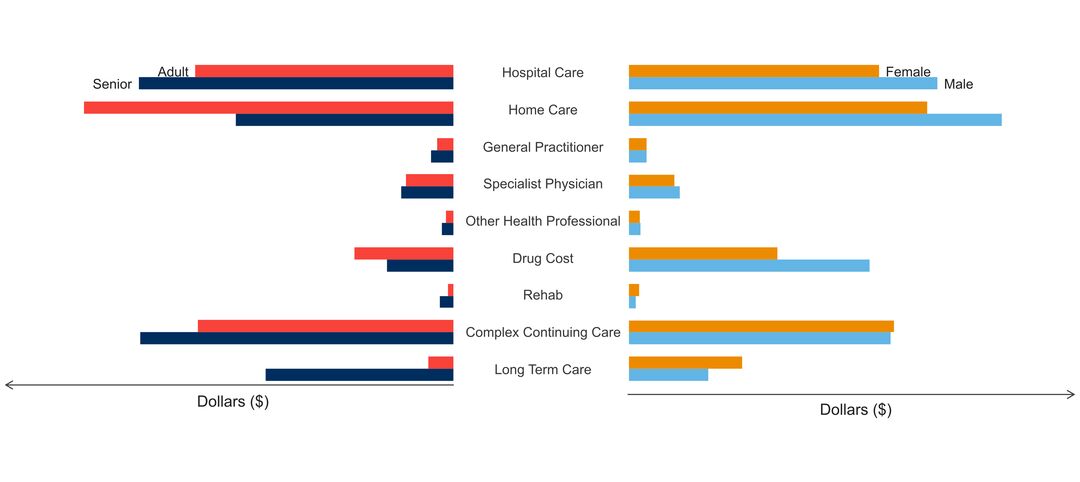Motor Neuron Disease
What is it?
Motor neuron disease is a category of disorders characterized by degeneration of motor neurons that results in progressive weakness and deterioration in swallowing, speech and breathing. Two common forms of motor neuron disease are spinal muscular atrophy and amyotrophic lateral sclerosis (or Lou Gehrig’s disease).
Spinal muscular atrophy is a hereditary disease which affects individuals as young as six months of age. A loss of lower motor neurons creates weakness in skeletal muscles of the torso, upper arms and upper legs.
Amyotrophic lateral sclerosis typically presents in those between 40 and 70 years of age. Amyotrophic lateral sclerosis causes progressive weakness of the muscles in the mouth, throat, arms and legs. Affected persons may also develop cognitive difficulties or dementia. Amyotrophic lateral sclerosis is associated with premature mortality, with death often occurring within three to five years of symptom onset. While 5% of amyotrophic lateral sclerosis cases are hereditary, the definitive cause of the disease remains unknown for the other 95% cases. Amyotrophic lateral sclerosis has no cure, and effective treatment for motor neuron disease remains elusive. Currently, only one drug has been approved for the treatment of amyotrophic lateral sclerosis, and it has only modest effectiveness – it can only slow the progression of the disease and extend the lifespan by a few months.
Without a cure or viable drug therapies, the best available treatment for persons with amyotrophic lateral sclerosis is supportive care (respiratory care, medical symptom management, rehabilitative therapy, lifestyle modification and palliative care). Persons with amyotrophic lateral sclerosis can benefit from an interprofessional team approach to health care. Expertise among the care providers pertaining to the many dimensions of living with amyotrophic lateral sclerosis – including expertise in nutrition, breathing, communication, exercise and physical activity, occupational therapy, social work, interpersonal relationships, and legal counselling especially in addressing end-of-life decisions – can assist in promoting the best possible quality of life for the affected person.
Click to download the chart pack or infographic!
- number of people in Ontario with the disorder
- age of people with the disorder
- sex ratio of people with the disorder
- what other brain disorders commonly co-occur
- overlap with mental health and addictions health system use
- costs & cost drivers associated with health system use







